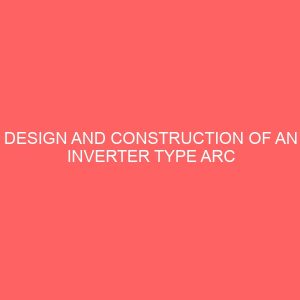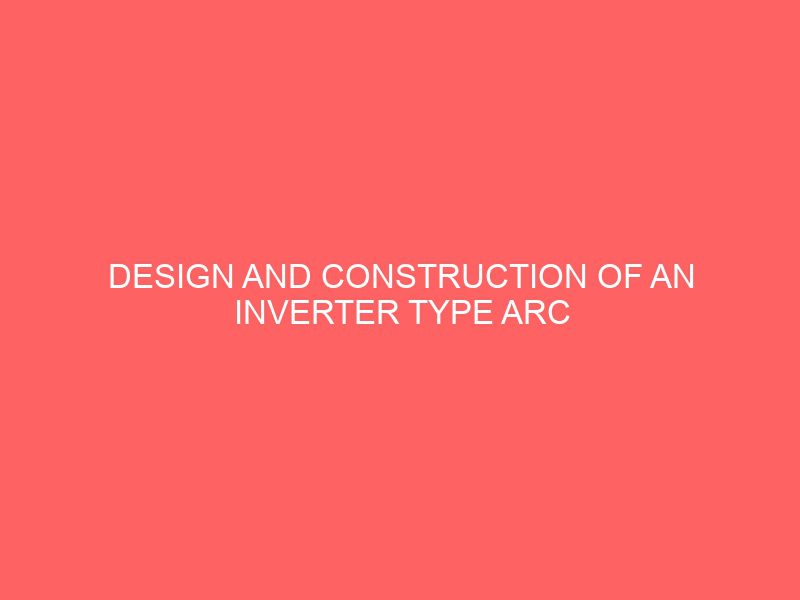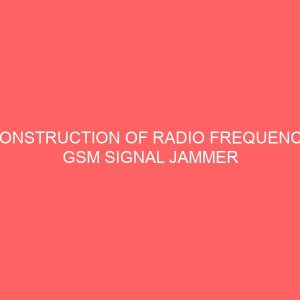Description
CHAPTER 1
INTRODUCTION
1.1 THE BACKGROUND
Welding is a way of heating pieces of metal using electricity or a flame so that they melt and stick together. It can simply be defined as the process of joining two or more pieces of metal to make the act as a single piece. This is often done by melting the work pieces and adding a filler material to form a pool of molten material that cools to become a strong joint. Because of its strength, welding is used to join beams when constructing buildings, bridges and other structures. Welding can also be used to join pipes in pipelines, power plants at the construction sites and in home appliance. Furthermore, welding is used in shipbuilding, automobile manufacturing and repair, aerospace applications. There are many kinds of welding which include arc welding, resistance welding, gas welding among others. Emphasis will be laid on arc welding because it is the most common type of welding as well as the main aim of this project.
1.2 AIMS AND OBJECTIVES OF THE PROJECT
The main aim and objective of this project is to design and build and arc welding machine that operates on 36vdc at variable frequency which of benefit to urban area. This reduces the weight and size of the transformer use for welding. To have an arc welding machine that is more efficient which produce neat welding.
1.3 SIGNIFICANT OF THE STUDY
The significant of this project is that it seeks to develop an arc welding machine that is cost effective, strong and portable. Not only that the arc welding machine is strong and portable, it is also mobile.
1.4 LIMITATION OF THE PROJECT
The project has certain limitations which are mentioned below.
This project cannot weld bigger gauge of metals.
The welding time and power depends on the battery input power.
You are to have bands of battery for reliability when using battery.
The machine must be used by a qualified welder. Welding can endanger the operator or people near the working area. Therefore, the performance of welding and cutting must only be done under the comprehensive observation of all relevant safety regulation.
1.5 PROJECT REPORT ORGANIZATION
The organization of the project report is well detailed and vast in its coverage. It covers all the activities encountered during the research work. The first chapter is the introductory chapter which covers the background, project objectives, project justification, and scope of the project. Chapter two presents the literature reviews. Chapter three covers the system analysis and design methodology in details. Chapter four presents the system implementation which entails the circuits diagram of different stages and also the complete schematic diagram with necessary calculation involve in the design. Chapter five is emphasis on conclusion, problem encountered during project design, recommendations and suggestion for further improvement. Fig1.1 depicts an overview of project report organization.








Reviews
There are no reviews yet.